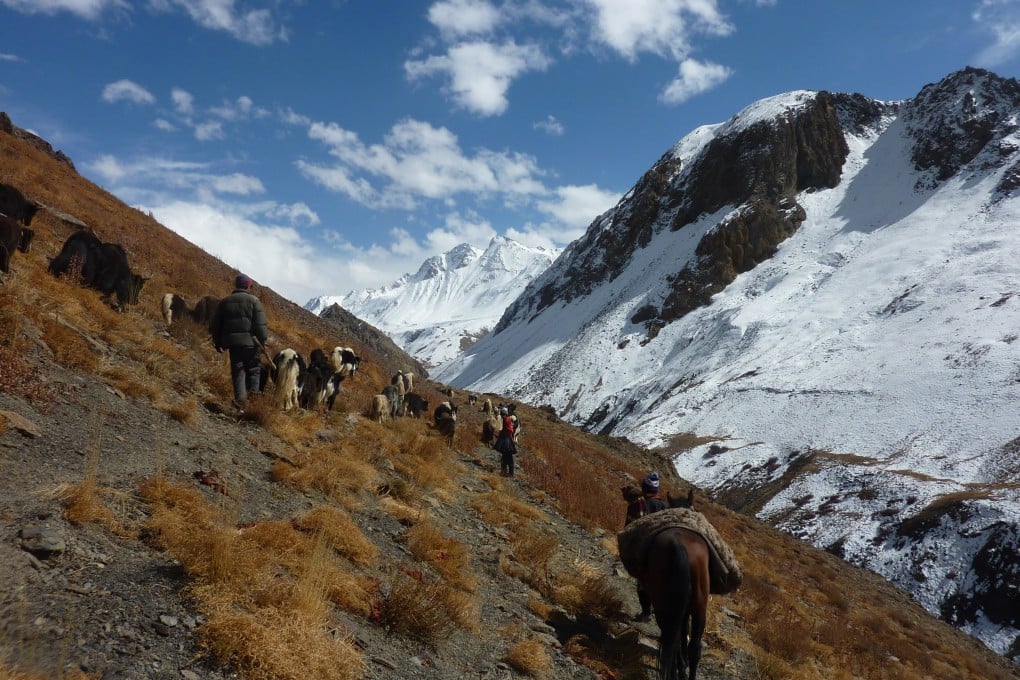What is the Wakhan Corridor and why is China worried about it?
- China has always been wary of narrow, isolated strip of Afghan land high in the mountains becoming a conduit for Uygur militancy in Xinjiang
- The Taliban’s coming to power in Afghanistan has compounded China’s worries of a spillover, given the militant Islamic group’s ties with the ETIM

Where is the Afghan-China border?
The passage, a transnational trade route for centuries under the ancient Silk Road, was used as a buffer in the late 19th century between the eastern end of the Russian empire (present-day Tajikistan) and the western reaches of the British Empire (present-day Pakistan).
That leaves the isolated Afghan strip bound on three sides by China, Tajikistan and Pakistan.
What is it like?
The Wakhan region is known for being inaccessible for most of the year due to its high altitude, extreme weather and lack of roads. It is located in the remote Afghan province of Badakhshan, where three of the world’s major mountain ranges – the Hindu Kush, the Karakoram and the Pamirs – meet to form what is known as the Pamir Knot.
The only access point at the border is at the southeastern end of the corridor, known as the Wakhjir Pass, which sits at nearly 5,000 metres (16,400 feet) above sea level. There is no road on the Afghan side of the pass.
The rest of the border is an inhospitable mountain range.